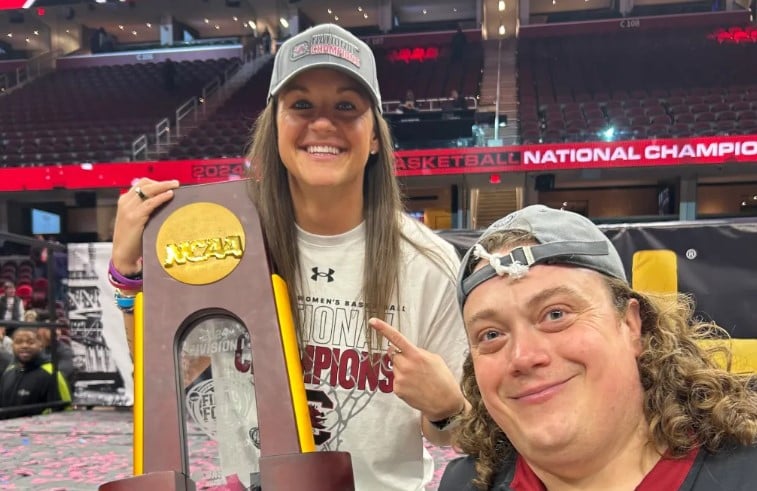ACL Injuries in Women’s Sports: Challenges, Research, and Hope
 Women’s sports are surging in popularity, with record-breaking events like the 2024 NCAA women’s basketball championship drawing 19 million viewers. However, disparities remain, particularly in injury rates.
Women’s sports are surging in popularity, with record-breaking events like the 2024 NCAA women’s basketball championship drawing 19 million viewers. However, disparities remain, particularly in injury rates.
 ACL tears are two to eight times more common in women than men in the same sports, posing significant challenges for female athletes.
ACL tears are two to eight times more common in women than men in the same sports, posing significant challenges for female athletes.
Jenny Robinson, an assistant professor at the University of Washington and endowed chair in women’s sports medicine, is determined to change this narrative.
Drawing from personal experience—tearing her ACL at 12—Robinson’s research focuses on understanding how hormonal and mechanical cues influence tissue recovery.
“We may think we know how women’s bodies operate. But we don’t,” Robinson explains, highlighting the lack of research on female physiology.
ACL tears often result from cutting, pivoting, and high-contact activities in sports like soccer and basketball. Treatment typically involves reconstructive surgery, which comes with risks.
“Sometimes the reconstructions are torn again, requiring revision surgery,” Robinson notes. “While it’s not career-ending the first time, repeated injuries can lead to post-traumatic osteoarthritis, making it career-ending.”
Preventing these injuries is crucial. Robinson emphasizes the importance of tailored prevention strategies for athletes, coaches, and youth players, advocating for investments in research and education.
“Tracking ACL risk is critical for reducing the likelihood of degenerative conditions and ensuring athletes have long careers.”
Robinson’s work also involves engineering collaborations to address gaps in understanding female physiology. Through initiatives like the ElevateHER meeting, researchers are brainstorming innovative solutions.
“We have so much to do,” Robinson reflects, “but there is hope because people are working on impactful research.”
As women’s sports continue to rise, Robinson’s efforts highlight the need to prioritize injury prevention and recovery, ensuring a healthier future for female athletes. Discover more here!
![HR Logo [Recovered]_Full Color Vertical-1](https://blog.healthyroster.com/hs-fs/hubfs/HR%20Logo%20%5BRecovered%5D_Full%20Color%20Vertical-1.png?width=199&height=178&name=HR%20Logo%20%5BRecovered%5D_Full%20Color%20Vertical-1.png)
 By
By


